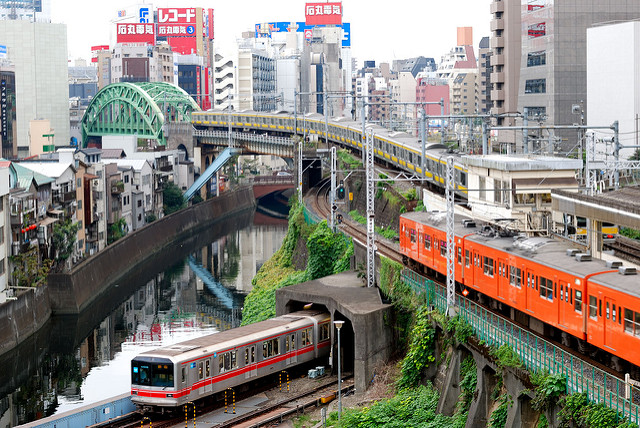We are more than happy to support you!
We are more than happy to support you!
Life Hack

まもなく… (Mamonaku…) Shortly/Soon…
次は /つぎは (Tsugiwa) The following is…/Next…
行き / ゆき (Yuki) For / Towards
到着します / とうちゃくします (Touchakushimasu) Will arrive
…をのりかえです (…o norikaedesu) Transfer here
ご注意ください / ごちゅういください (gochuuikudasai) Please note / Please take care
電車来ます/ でんしゃきます (densha kimasu) The train is coming
ドアは閉まります/ どあはしまります (doa wa shimarimasu) The door is closing
The following sentence is particularly handy when you’re unsure what side of the train doors will open for your stop (or if your train is really crowded!)
Keep in mind that the left and right side is determined by the direction the train is heading.
お出口は左側です/ おでぐちはひだりがわです (odeguchi ha hidarigawa desu) The exit is on the left side
And to break this sentence down…
Odeguchi (or guchi, in non-polite terms) means “exit”
Hidari means “left” and migi means “right”
Gawa means “side”
Check our share houses:
https://tulip-e.com/en/
Follow us on social media 🌷
Insta: @tokyotulip
FB: @tuliprealestate.co.ltd


We offer lovely share houses for women all throughout Tokyo.